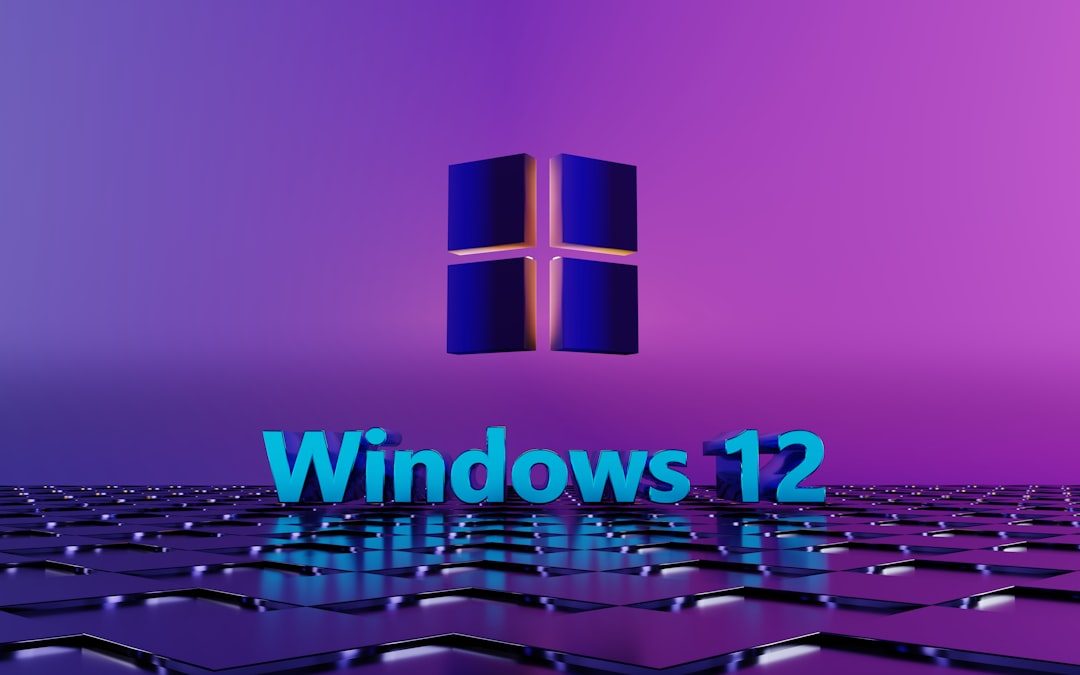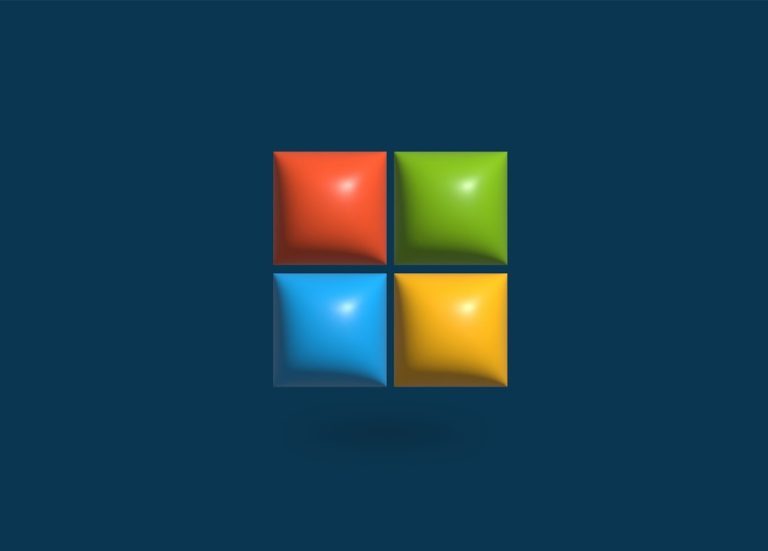Understanding which version of Microsoft Windows you’re using is essential for troubleshooting issues, installing compatible software, or simply staying up to date with features and security updates. Since Microsoft has released multiple iterations of Windows over the years—including Windows 10, Windows 11, and older versions like Windows 7 and 8—knowing your version can make a significant difference in your overall computing experience. This article explains how to determine your Windows version using different methods, and offers helpful tips to identify whether you’re running Windows 10, Windows 11, or an earlier version.
Why Knowing Your Windows Version Matters
Each version of Windows offers different features, interfaces, and compatibility levels. For example, some software applications are specifically designed to run on Windows 10 or later. Additionally, Microsoft phases out support for older versions, which could expose users to security vulnerabilities or performance issues. Therefore, knowing your Windows version helps keep your system secure and ensures you have access to the latest capabilities.
Methods to Check Your Windows Version
There are several ways to identify which version of Windows is installed on your computer. Below are the most common and effective methods you can use:
1. Use the “About Windows” Dialog Box
This is one of the quickest methods:
- Press Windows Key + R to open the Run dialog.
- Type winver and press Enter.
A window will pop up showing your Windows version and build number. For example, if it says “Microsoft Windows 10” followed by a build number, you’re running Windows 10.

2. Check Using “Settings” (Windows 10 and Windows 11 only)
If you’re using Windows 10 or 11, the Settings app can also tell you which version you’re running:
- Click on the Start Menu and select Settings (the gear icon).
- Navigate to System > About.
- Scroll down to the Windows specifications section.
You will see details such as Edition, Version, OS Build, and System type. Windows 11 will explicitly mention “Windows 11,” whereas Windows 10 will specify “Windows 10.”
3. Check System Information
For a more technical breakdown, you can use the System Information tool:
- Press Windows Key + R to open the Run dialog.
- Type msinfo32 and hit Enter.
This launches the System Information utility, where you can find details like the OS Name and Version under the System Summary tab.
4. Use Command Prompt or PowerShell
Advanced users can also use Command Prompt or PowerShell for version checking:
- Open Command Prompt or PowerShell.
- Type the command: systeminfo and press Enter.
This will generate a detailed breakdown of your system, including the exact Windows version and build number.
Recognizing the Different Windows Versions
Here are some distinguishing features to help you visually identify which Windows version you’re using:
Windows 10
- A Start Menu with tiles (like Windows 8) but in a more structured format.
- Task View button on the taskbar for managing virtual desktops.
- Cortana search box next to the Start button (may vary with updates).
Windows 11
- Centered Start Menu and Taskbar icons.
- Rounded corners on windows and menus.
- New icon pack and updated system sounds.
- Supports Android apps (using Windows Subsystem for Android).

Older Versions: Windows 7 and 8
- Windows 7: Features a transparent taskbar, a Start menu without tiles, and the Aero theme.
- Windows 8/8.1: Has a Start screen instead of a Start menu, with large, colorful tiles for apps.
If you see a system that bypasses the traditional Start menu for a full-screen menu with tiles, it’s likely Windows 8. Windows 7, in contrast, has a much more classic desktop appearance with a start orb.
How to Check if Your Windows is 32-bit or 64-bit
Along with your version number, it’s useful to know whether your Windows installation is 32-bit or 64-bit. This information is important for installing compatible software and drivers. Here’s how you find it:
- Open Settings (Windows 10/11) or Control Panel (older versions).
- Navigate to System or System and Security > System.
- Look for System type. It will say something like “64-bit Operating System, x64-based processor.”
Still Unsure? Use Microsoft’s Support Tools
If you’re still uncertain or if you suspect your version may be a custom install or Enterprise edition, Microsoft’s PC Health Check Tool or Update Assistant can provide accurate information and even recommend possible upgrades. You can download these tools directly from Microsoft’s official website.
Recommendations for Users of Older Versions
If you’re running an older version such as Windows 7 or 8, it’s highly recommended to upgrade to a more recent version. Microsoft has officially ended support for Windows 7 and has limited support for Windows 8. These outdated systems no longer receive security updates, making them vulnerable.
- Upgrade Considerations: Ensure that your hardware meets at least the minimum system requirements of Windows 10 or 11.
- Data Backup: Always back up your data before upgrading your operating system.
- Licensing: Check if your current product key can be used to activate a newer version. Sometimes, upgrades are free for genuine license holders.
Frequently Asked Questions (FAQ)
- How can I find out if I have Windows 10 or Windows 11?
- Use the shortcut Windows Key + R, type winver, and press Enter. This will show a dialog box specifying the Windows version you’re using.
- Is Windows 11 better than Windows 10?
- Windows 11 offers a modern design, new features, and better support for newer hardware. However, some users prefer the familiarity of Windows 10, especially for legacy apps.
- What does the “build number” mean in Windows?
- The build number refers to a specific update or release of the Windows version you’re using. For developers and IT professionals, this helps identify features or changes introduced in different builds.
- Can I still use Windows 7 or 8?
- You can, but it’s not recommended. Microsoft has ended security updates for Windows 7 and has significantly reduced support for Windows 8, increasing the risk of security vulnerabilities.
- What is the difference between 32-bit and 64-bit Windows?
- 64-bit systems can handle more memory and perform better with modern software. Most newer machines are built with 64-bit processors and should run 64-bit Windows for optimum performance.
- How do I update to the latest version of Windows?
- Go to Settings > Update & Security > Windows Update, then check for updates. If you’re using an older version like Windows 7, you may need to download the update assistant from Microsoft’s website.
Knowing your exact Windows version is the first step toward optimizing your system’s performance, security, and compatibility. Whether you’re using Windows 10, Windows 11, or something older, regular checks can help you stay current and make informed decisions




